You may think that throwing on a traditional Japanese kimono, getting a traditional Hikae tattoo, or pouring yourself a cup of Matcha green tea, once in a while, will be a few steps closer to living a Japanese lifestyle, right?
Well…you’re not wrong there, but, as with any and every aspect of Japanese culture, there is a great deal more to it than that.

Fully embracing a completely different lifestyle can certainly be a challenge in itself, but one from a totally different culture, where do you even start?
Here, we will traverse the main aspects of Japanese daily life – exploring elements of culture, including fashion, professionalism, religion, diet, habits, hobbies, and homes to get you on your way to experiencing what it’s like to live an authentic Japanese lifestyle.
Table of Contents
A Traditional Japanese Diet
Japanese cuisine is renowned for its variation, unique flavors, and immunity-boosting properties.
People feel so strongly about the benefits of taking on a Japanese diet, that some swear by it as a long-term replacement for a general “diet” whereby you simply reduce calorie intake or minimize fats and sugars.
Completely converting to a Japanese diet, can hold incredible benefits for your health and well-being without having to compromise on taste.
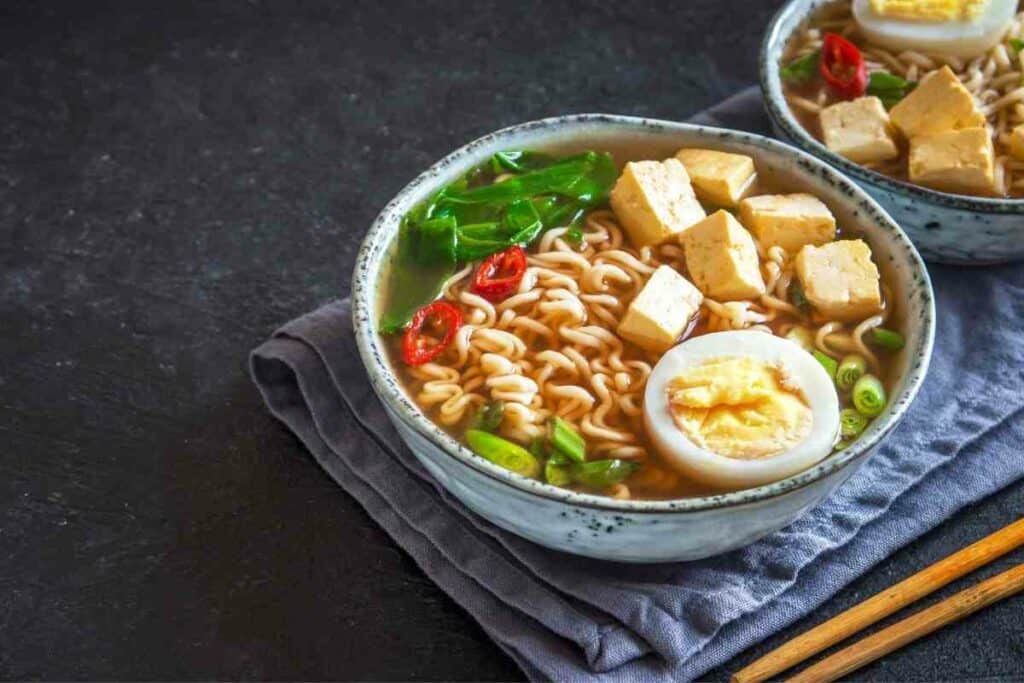
There are a multitude of books and other sources which can appropriately guide you through your soy foods, like tofu, miso, natto, and tamari.
Try Tempura and steam or sauté your vegetables and you’re already on your way.
There are obvious foods such as Ramen, soups, and Sushi, but the Japanese also enjoy mineral-rich sea vegetables, including dried seaweed.
The choice is vast and exploring this part of the world’s cuisine opens up your pallet to all kinds of new and exciting flavors.
Japanese Attire
An aspect of the culture, which is steeped in long-lasting traditions, is Japanese fashion.
Traversing the streets of Tokyo in 2022, you are likely to see a vast array of varied fashion trends, from expressions of culture and history in traditional Japanese dress, to elaborate self-expressive outfits that look like they have inspired Lady Gaga’s wardrobe team.
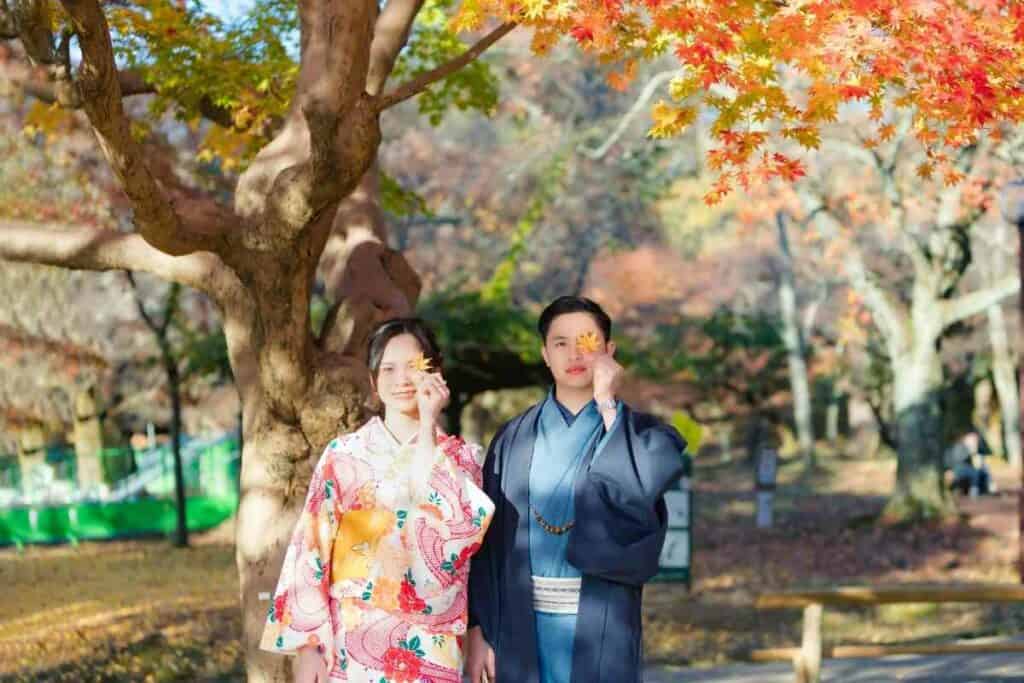
But there’s no need to go all outrageous to adopt this aspect of Japanese lifestyle.
For Example – Kimonos are beautifully designed and crafted garments, available in an immense variety of different styles and colors. A lot are made to be gender-specific but there are also many which are unisex and there is a kimono to suit even the pickiest of dressers.
If, on the other hand, you wish to fully embrace modern Japanese fashion, then there are a number of things that you can do to “fit in” – here are 10 of the most recent fashion trends directly from the streets of Japan’s capital:
- Oversized Hoodies
- Coatigans
- Designer Clogs
- Dalmatian Spots
- Loud Prints
- Bold Colours
- Cropped Blazers
- Knitted Headwear
- Matrix Monochromes
- Anime Fashion Items
Should none of these options appeal to you, why not just get some toilet slippers?
A small aspect of Japanese tradition is to have specific footwear for going into your bathroom.
Simple, yet nevertheless a small step towards leading a Japanese lifestyle.
Read Next ?
The Japanese Home
A traditional Japanese abode is not something that you can just decide to build.
Beautiful as they are, you might have a good house already and taking on a Japanese lifestyle doesn’t necessarily require a new home.
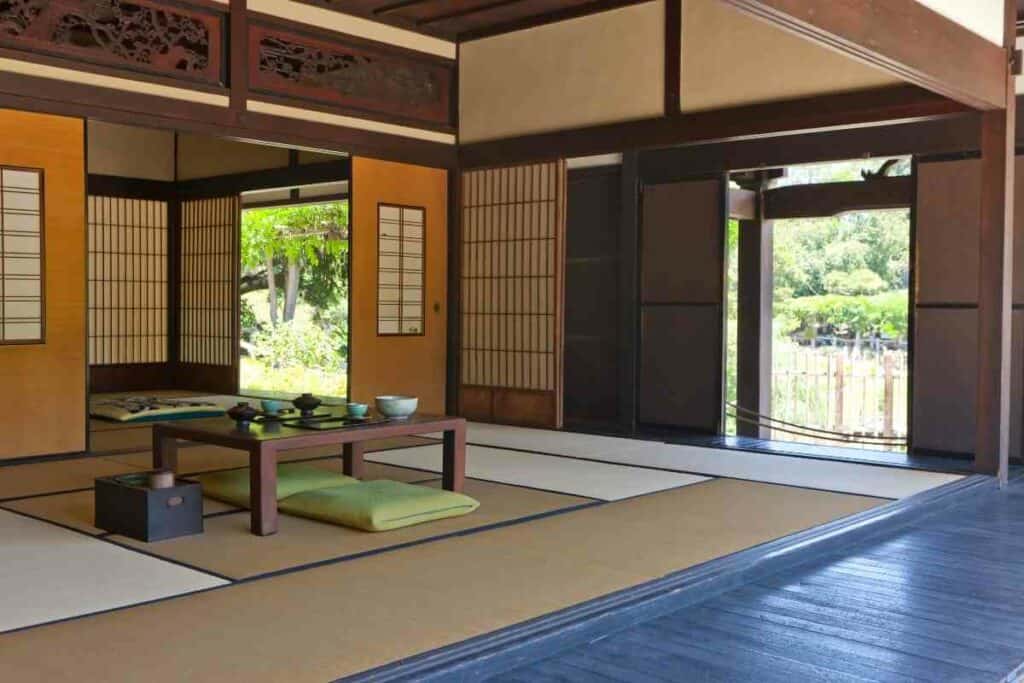
With this in mind, there are a few things you can do, besides having a pair of toilet slippers, to make your home a little more Japanese.
From the placement of your mirrors and photographs, to the materials your door mat is made from (natural materials only), there are many small adjustments that you can make.
Merely keeping your home clean, fresh, bright, and tidy, means you are well on your way to a Japanese sense of good fortune.
Hanging Mirrors and Photographs
Hanging frames on the wall is something we all do.
The Japanese, however, believe that hanging them in specific patterns will bring luck. Horizontal waves are very common for hanging multiple photographs down a wall.
Encouraging positive Qi, mirrors are important in Japanese homes, but their positioning is more important still.
A hexagonal mirror is also something many Japanese people have in their homes. They are symbolically linked with boosting fame and social energies.
Did You Know? Mirrors should also never face the entrance to the home. Place them at the side so that any incoming Qi will not be reflected back out.
Front Door Feng Shui
Adopted, like many other aspects of the culture, from China, Feng Shui is a concept of harmonising your living space in a tradition of functionality which the Japanese believe will bring you luck.
Now, this is a massive concept which would take an entire article to cover just part of so, here, we will look at the front door only.
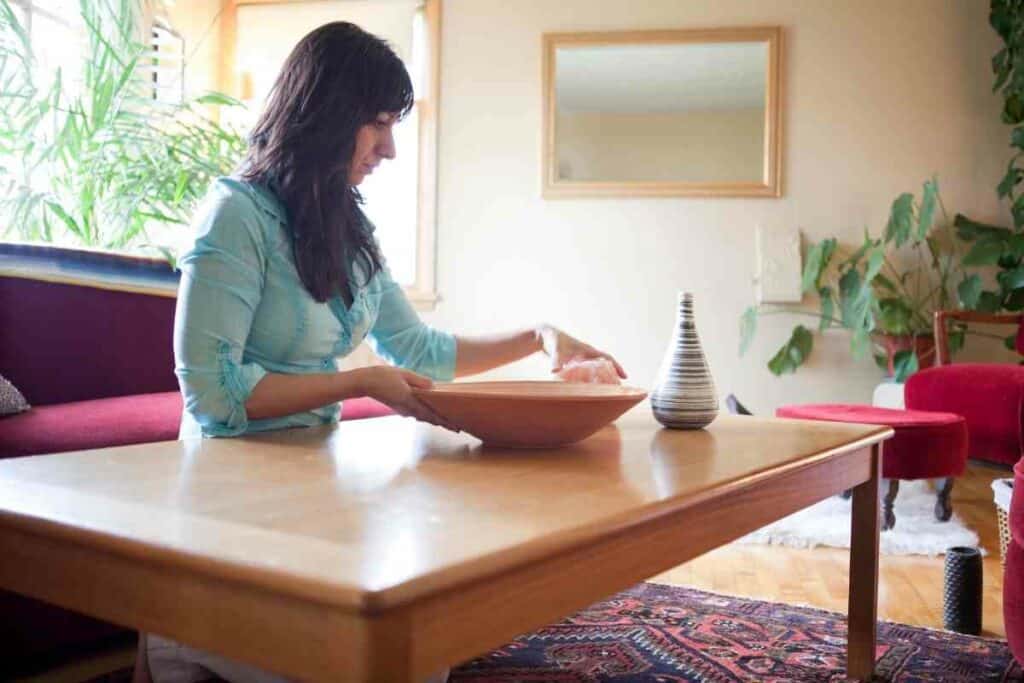
It is believed that your home’s entrance is where the practice of Feng Shui is most effective, because it acts as a conduit for Qi.
Having fresh flowers at your door is not only warm and welcoming, but it can also bring you good fortune as it is believed to encourage positive energy and reduce the negative.
Taking your shoes off before you enter, is something that many western homes do already, but it is a well-established tradition in Japan and is expected, in most places, if you visit.
Behind the Entrance
Whether your front entrance opens onto an extravagant staircase or a small porch, there are a few essential Feng Shui items to consider obtaining for the area.
You could, for example, benefit from having a Daruma doll displayed – considered an incredibly lucky decoration to have.
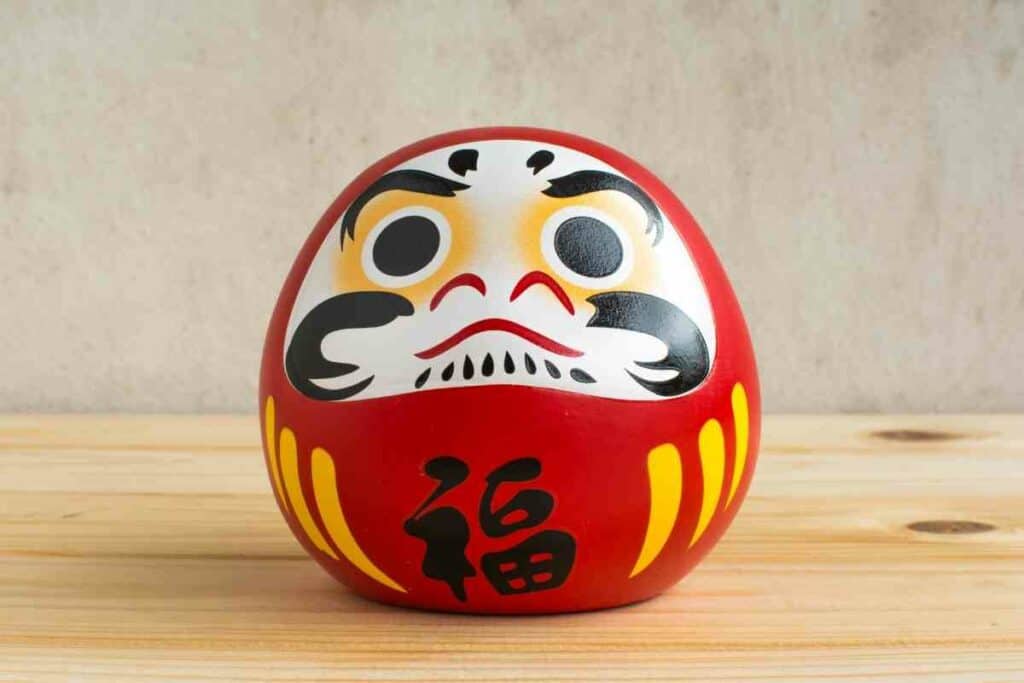
There are also Golden Maneki Neko (cat ornaments holding up their front-right paw which come in a number of different colors, carrying various meanings).
To ward off dark and mischievous spirits, fashion your home’s entrance with an Onigawara, a piece of décor which is believed to do just that.
Bring Nature Indoors
One of the most common traits of Japanese interior design, is the incorporation of plant life into the environment.
Have plenty of plants!
Monstera plants are quite popular among the Japanese and are believed to promote financial prosperity.
Having a pachira plant is also believed to have this effect, as well as boosting your career like Yucca which can also deter negative spirits.
Placing these types of plants outside the entrance is also sufficient.
Shinto
Now, living a Japanese lifestyle doesn’t have to include converting to an entirely new religion, but there are some aspects of the most popular religion in Japan, Shinto, which might be worth considering.
The concept of Kami, for instance, is the belief in the idea that energy connects us all and that we are not exactly separate beings.

The concept links others, such as morality, honour, truth, and beauty, which are not only interlinked but exist in harmony with us as part of the natural world.
Linking directly to the concept of Makoto, sincerity, we can focus these energies to create balance.
Although there are no commandments in stone, being sincere and having a good heart are Japanese traditions which are arguably desirable and are part of many religions around the world.
Japanese Work Life
Aside from taking a well-deserved nap in the middle of your workday (which in western societies you might want to avoid), the working life in Japan can be quite different from what we are accustomed to.

But, if you would like to take on any or all of the aspects of a Japanese lifestyle, there are some things you may like to consider about Japanese employment.
If your boss invites you for a drink, you have to go.
In Fact – It is quite the tradition to drink yourself silly with your superiors in Japan. There is also a growing trend to have not just one long-term job.
A lot of younger Japanese people are employed in multiple part-time positions and live fast lives among the elderly in their Zen traditions.
Japanese Hobbies
Being the home of both Anime and Nintendo, living a Japanese lifestyle can include a cornucopia of different hobbies and interests.
From gaming to gambling arcades, the Japanese take recreation very seriously.

Play Pachinko in game centres and traditional Japanese games like Go!
Or Karuta.
Watching/reading Anime is quite common around the globe, or you can try your steady hand at Japanese calligraphy.
Forms of martial arts are also traditional with the culture. A common and very popular past-time, self-defence, is a titanic element of Japanese life.
Take a Judo lesson or give Jujitsu a go!
Final Thoughts
Aside from the obvious Japanese traits of cleanliness, sincerity, discipline, and balance, living a Japanese lifestyle can be a quite challenging thing to do.
Whether you want to go “full Japanese”, or you simply wish to adopt some aspects of the lifestyle, there are many positive outcomes to be achieved.
Taking on just the Japanese diet can harbour incredible health benefits, from effective and natural weight loss to gaining a better night’s sleep and balancing your mental health.
Drinking one of twenty-eight different types of tea will not only infuse some serious flavor into your daily life but each has its own positive effects on the human body.
Fill your days with the excitement of Japanese recreation or just take one small step towards living the life.
Either way, we wish you all the best on your lifestyle-changing journey and remind you that Rome wasn’t built in a day.
Good luck!
- 12 Things Tourists Should NEVER Say in Japan
- Kissing Robot: Exploring the Popularity of the Chinese Kissing App
- Unlocking the Secret Dating Rituals Only Locals Know in Japan
- Samurai Armor: Ancient Protection for Japan’s Elite Warriors
- 10 Amazing Facts About Schools in Japan: Unique Traditions and Educational Practices
- Where can you see snow monkeys in Japan: Best locations and viewing tips









